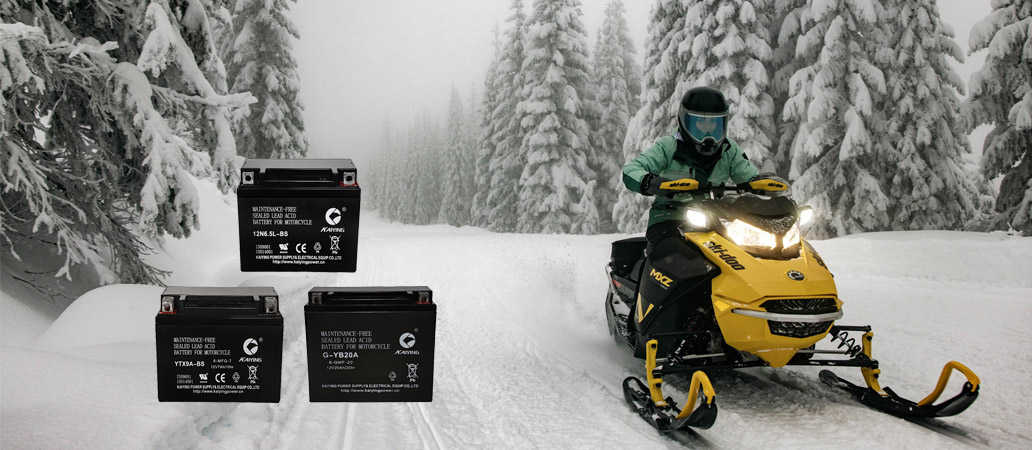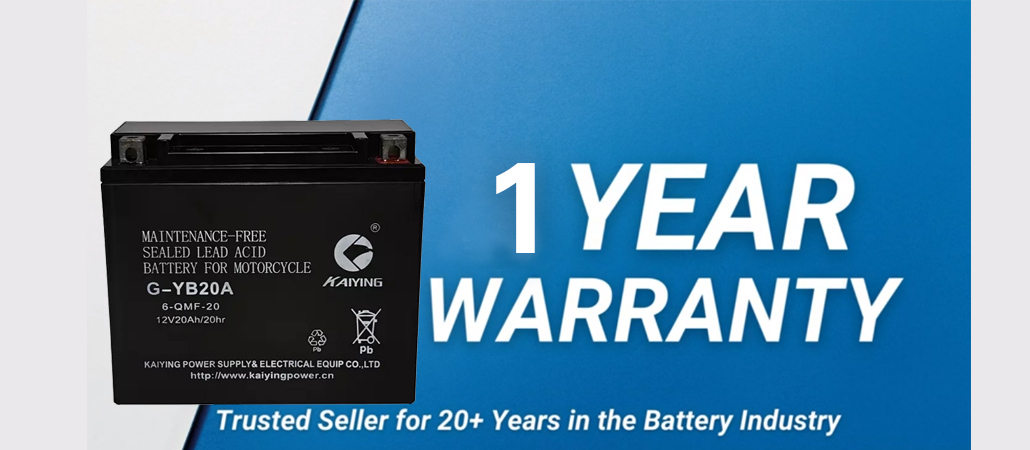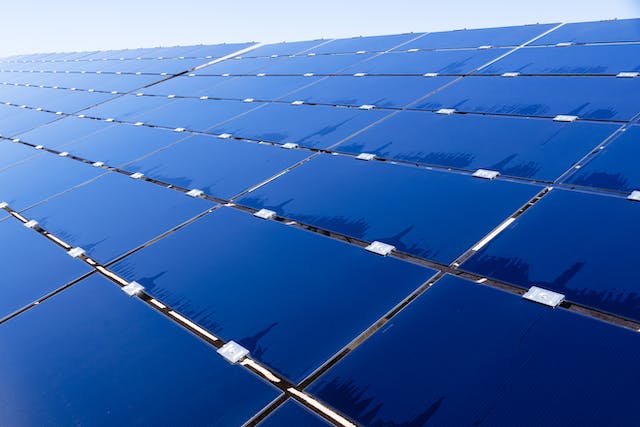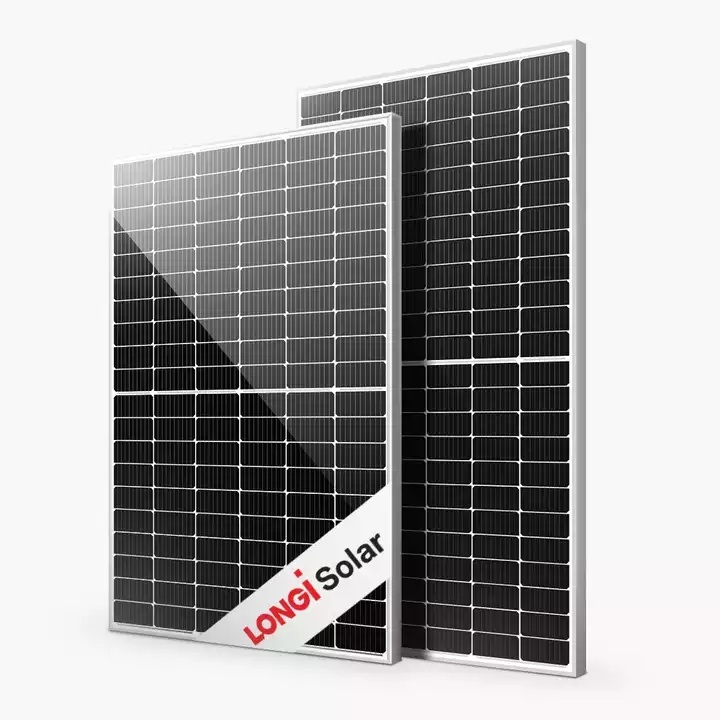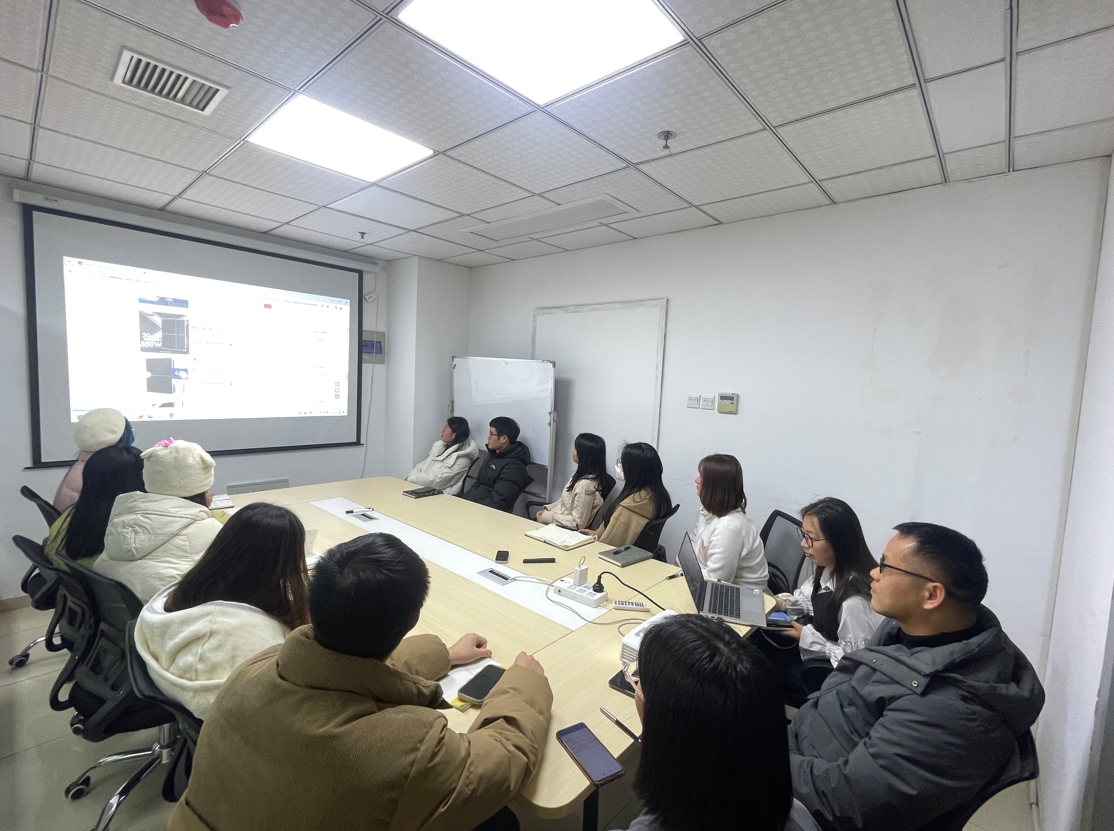Flexible solar panels, also known as thin-film solar panels, differ from traditional monocrystalline and polycrystalline solar panels in terms of materials, manufacturing processes, and flexibility. Here are some key points of comparison:
Material and Structure:
Monocrystalline Solar Panels: Made from a single crystal structure, typically silicon. They are known for their high efficiency and space efficiency, making them suitable for applications with limited space.
Polycrystalline Solar Panels: Composed of multiple crystals, usually silicon. They are less efficient than monocrystalline panels but are cost-effective and have a quicker manufacturing process.
Flexible Solar Panels (Thin-Film): Made from lightweight and flexible materials like amorphous silicon, cadmium telluride, or copper indium gallium selenide (CIGS). They are more adaptable and can be integrated into various surfaces.
Efficiency:
Monocrystalline and Polycrystalline Panels: Generally have higher efficiency compared to flexible solar panels. Monocrystalline panels tend to have the highest efficiency among all types of solar panels.
Flexible Solar Panels: Historically, thin-film panels have had lower efficiency than crystalline silicon panels. However, advancements in technology have improved the efficiency of flexible panels, making them more competitive.
Flexibility and Weight:
Monocrystalline and Polycrystalline Panels: Rigid and heavier compared to flexible panels. They are typically mounted on fixed structures like rooftops or ground mounts.
Flexible Solar Panels: Lightweight and flexible, allowing for integration into curved surfaces or applications where traditional panels may be impractical.
Durability and Lifespan:
Monocrystalline and Polycrystalline Panels: Generally have a longer lifespan and better durability than flexible panels.
Flexible Solar Panels: While improvements have been made, thin-film panels may have a shorter lifespan and are more susceptible to damage from environmental factors.]
Cost:
Monocrystalline and Polycrystalline Panels: Generally cost-effective and have become more affordable over time.
Flexible Solar Panels: Initially, thin-film panels were more expensive on a per-watt basis, but manufacturing advancements have led to cost reductions. They may still be more expensive than traditional panels, but the price gap has been narrowing.
Applications:
Monocrystalline and Polycrystalline Panels: Commonly used in traditional solar installations, such as residential and commercial rooftops and ground-mounted solar farms.
Flexible Solar Panels: Suited for applications where flexibility is crucial, such as solar backpacks, curved surfaces, or portable solar panels.
In summary, the choice between flexible, monocrystalline, or polycrystalline solar panels depends on specific project requirements, space limitations, and budget considerations. Advances in technology continue to shape the solar industry, and ongoing research may further improve the efficiency and cost-effectiveness of flexible solar panels.






